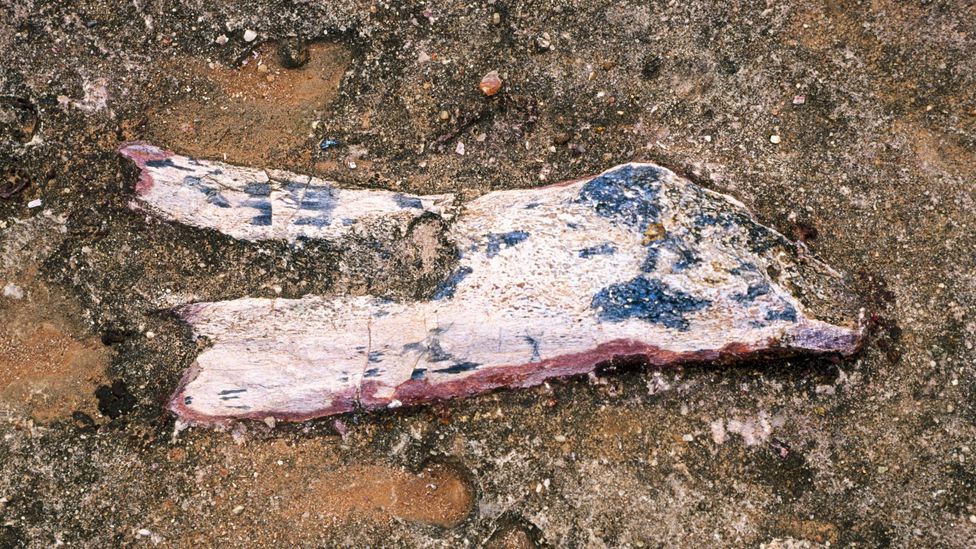Think fossils, think India. Some of us may wonder, do we even have that kind of ‘collection’ to talk about fossils? Well, turns out, the number of places in India that have spat out fossils that are millions of years old, are quite impressive to say the least.
Over the years, scientists have made several discoveries of marine fossils, petrified plant fossils, and even rare dinosaur fossils in India.
Countries where you will find ‘mini India’ for a home away from home
But fossils are old! How are they fascinating?
It’s important to understand that fossils provide a captivating glimpse into the subcontinent’s deep past. Think billions of years old. The prehistoric remains of plants and animals are like time stamps.
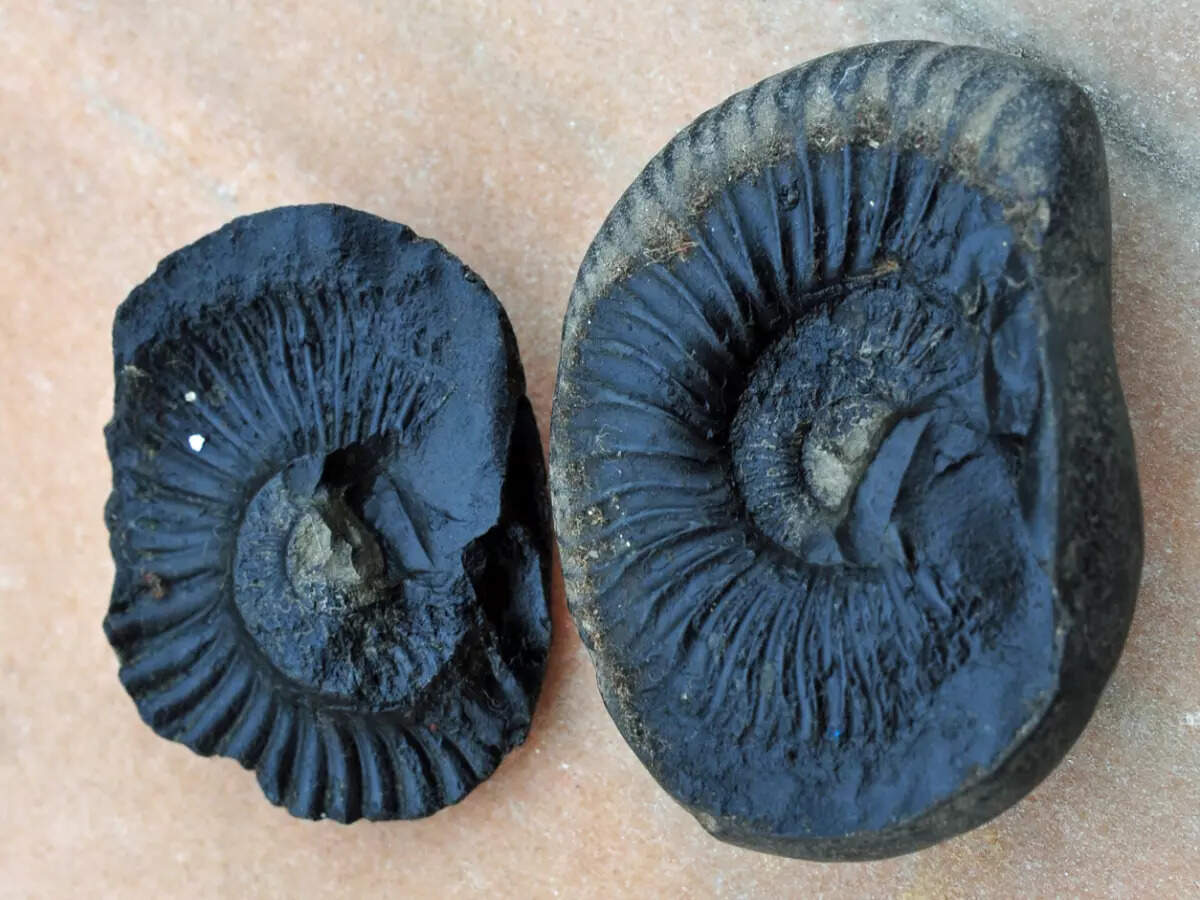 Credit: iStockEach discovery tells us more about the time period, and by studying these, we get to know about the geographical evolution of India. Of all the things of the past that we are never going to see, touch and feel, these few but important discoveries act as tangible links to the past.
Credit: iStockEach discovery tells us more about the time period, and by studying these, we get to know about the geographical evolution of India. Of all the things of the past that we are never going to see, touch and feel, these few but important discoveries act as tangible links to the past.
Some fossil sites in India are simply fascinating. Mostly because, the places where they are found, what are these fossils, and how these places are in current times, if we look into all these, some seem so incredibly surprising (but not actually).
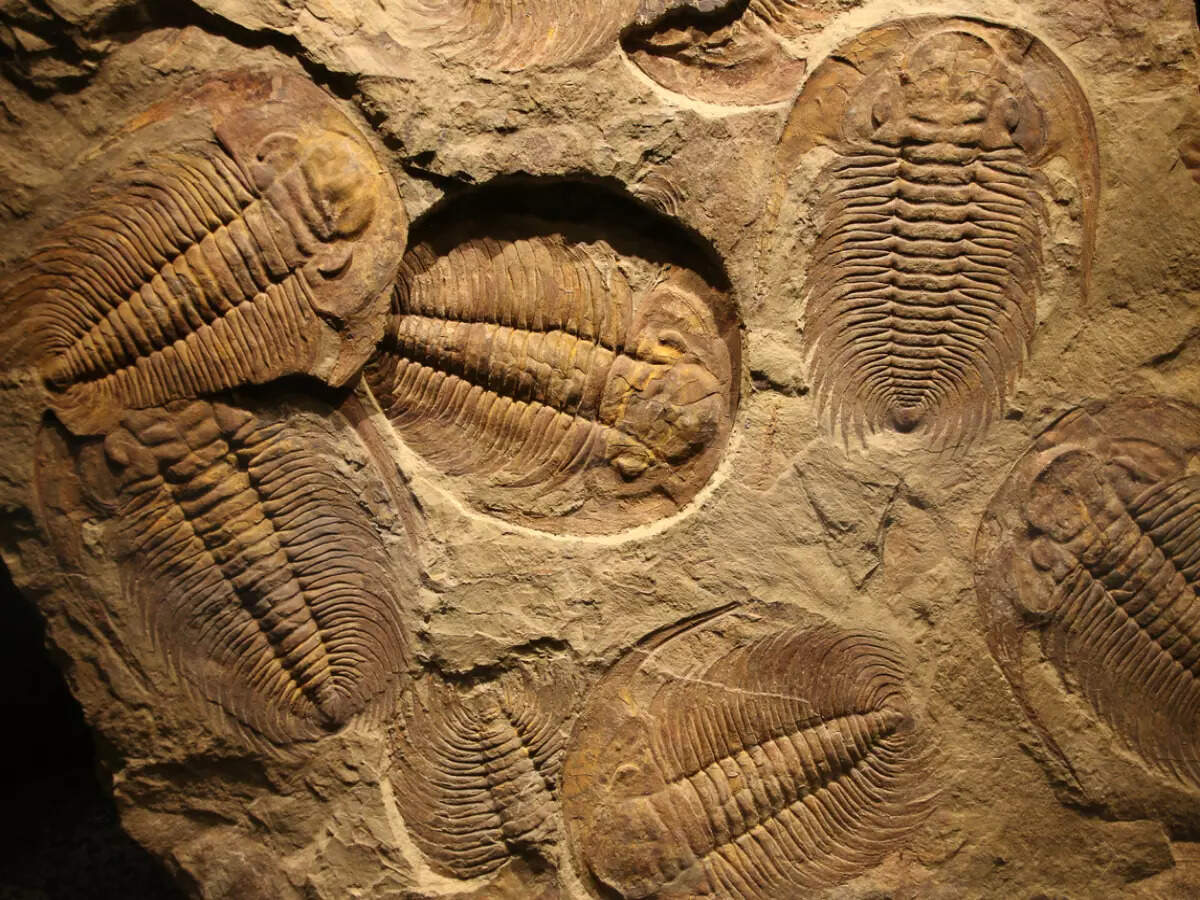 Credit: iStock
Credit: iStock
- Zanskar Valley in Ladakh: A number of places in Ladakh have a rich repository of marine fossils. Today, we know Ladakh as a Cold Desert area. But millions of years ago, this region was under the Tethys Sea. From Zanskar Valley, a discovery was made where scientists identified a type of arthropod, called trilobite. These went extinct some 25 millions years ago. What was found in Zanskar Valley was some of the oldest that was ever found.
Speaking of Cold Desert regions in India, Spiti’s Langza and Hikkim villages are also rich in marine fossils. So much so that the locals even sell them to tourists. They make for cool souvenirs, that’s for sure.
- Wadadham in Gadchiroli, Maharashtra: Back in 1959, during a scientific excavation, a full dinosaur remains were discovered, and with that came a whole lot of fossilised trees from the Jurassic Age.
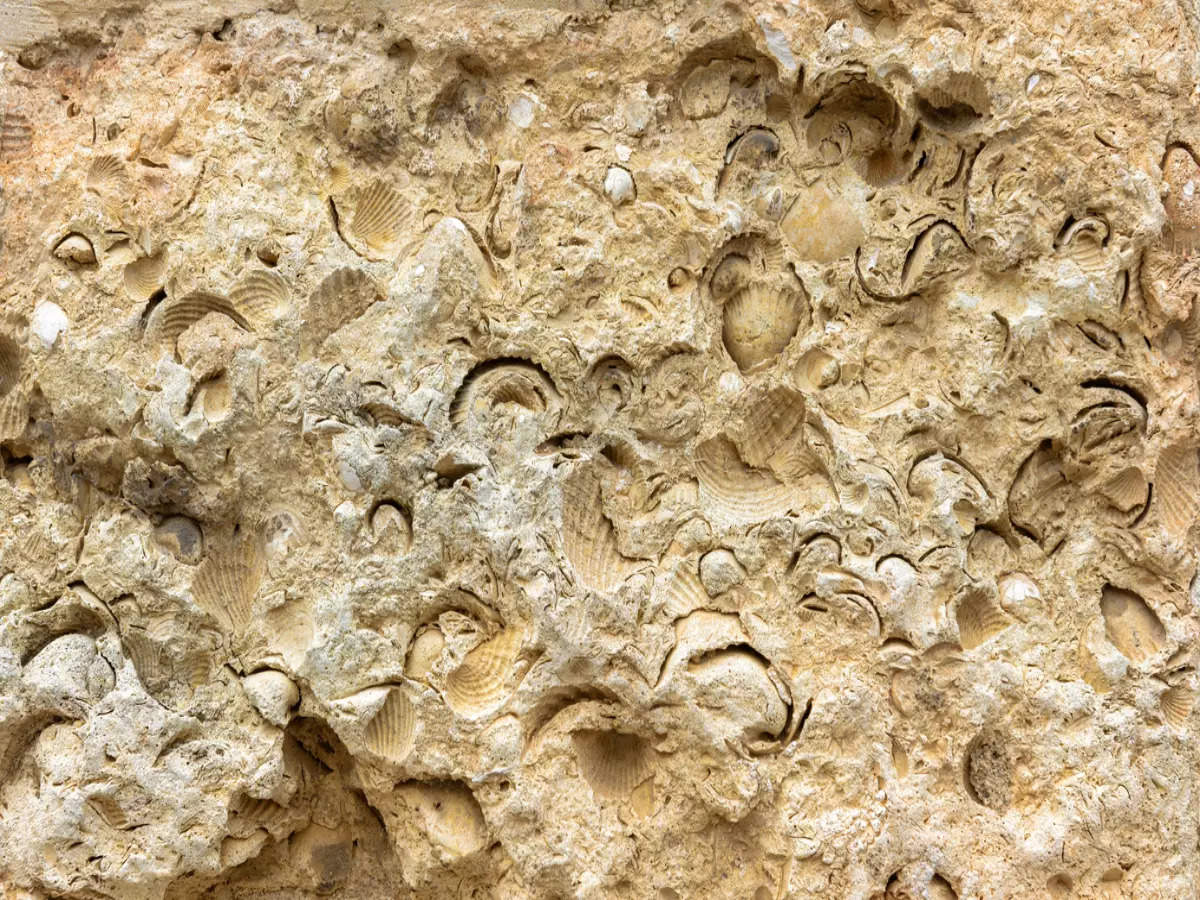 Credit: iStock
Credit: iStock
- Balasinor in Gujarat: The Balasinor Dinosaur Fossil Park is also sometimes referred to as India’s very own Jurassic Park. This site was where a dinosaur egg hatchery and fossilised remains of at least 13 dino species were found. The most popular discovery was that of Rajasaurus narmadensis, a carnivorous abelisaurid.
Not too far away, in Madhya Pradesh’s Narmada Valley, scientists uncovered 92 nesting sites that contained a total of 256 fossil eggs belonging to India’s largest dinosaurs, the titanosaurs.
- Jaisalmer in Rajasthan: This one’s the most recent one. This year, a team of scientists from IIT-Roorkee and the Geological Survey of India announced the discovery of the fossil remains of a 167-million-years-old plant-eating dicraeosaurid dinosaur. This discovery was important because this was also the discovery of the oldest known dicraeosaurid (long-necked plant-eating dinosaur) in the world, and it happened in India.
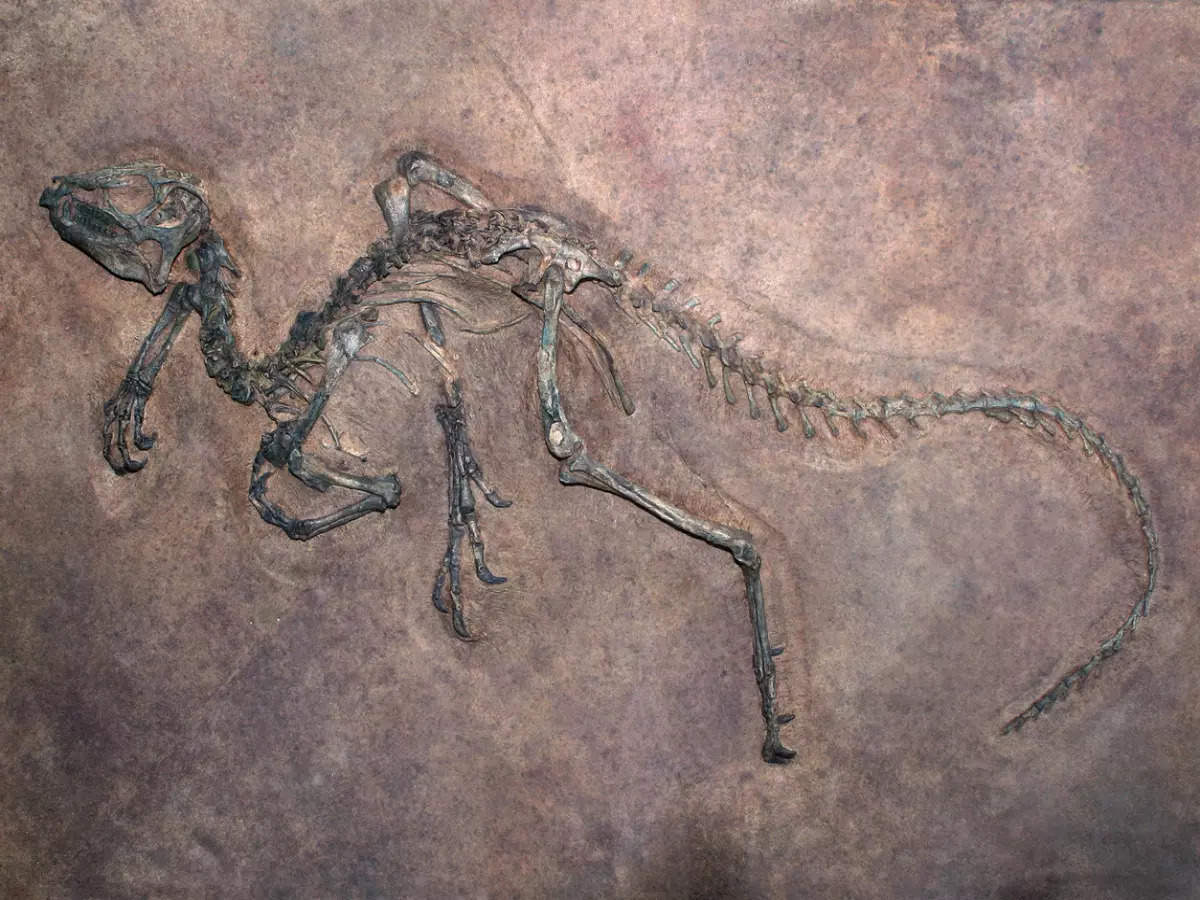 Credit: iStock
Credit: iStock
Thiruvakkarai in Tamil Nadu: The tree fossils that were found from this region date back to over 20 million years old. The scientists believe that these fossils were formed after the region came under massive flood-like situation.
Similar tree fossil park is Ghughua Fossil Park in Madhya Pradesh. If you are driving from Raipur to Kanha, take a small detour. You will not regret it. The fossil park is located in a very quiet location, away from the daily crowd. Here, you will find the petrified fossil remains of trees from several millions of years ago that suggests that once upon a time, India and Australia was a part of the same land mass. Can you guess the name of the tree species?
Source : Times of India

